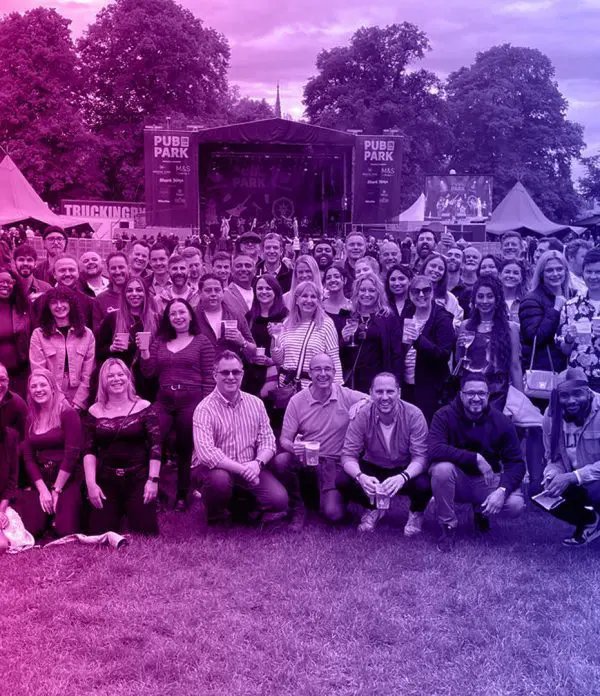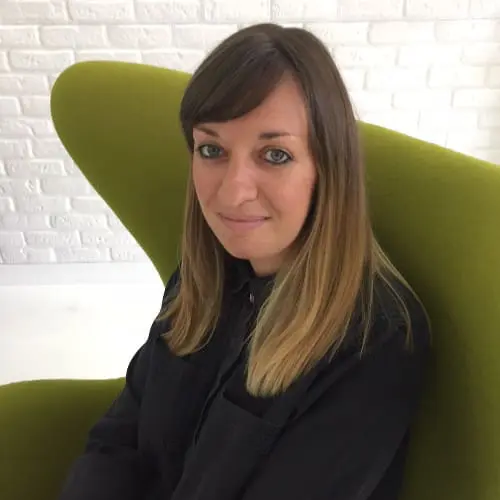
Read more
2Heads Walk 500 Miles
2Heads take on the challenge to walk a collective 500 miles along the Thames Path in one day to raise money for three amazing charities.

Read more
Embracing the Scenic Route: A Journey to Creativity
2Heads Group Creative Director Paul discusses the creative process and how embracing the journey to creativity can inspire new thinking.

Read more
Meet the Newest Team Members at 2Heads
2Heads continues to grow and we are thrilled to welcome some more new faces to bring in their new and fresh ideas.

Read more
What I Learned When… I Pivoted with the Tide of Change
Explore the insights gained from embracing change and pivoting in a fast-evolving industry, shared by Tom Stenner, Global Account Director

Read more
What I Learned When… I Worked In Six Areas Of Events
What I Learned I Worked In Six Areas Of Events. Our Faye discusses getting into events, exhibitions and experiences.